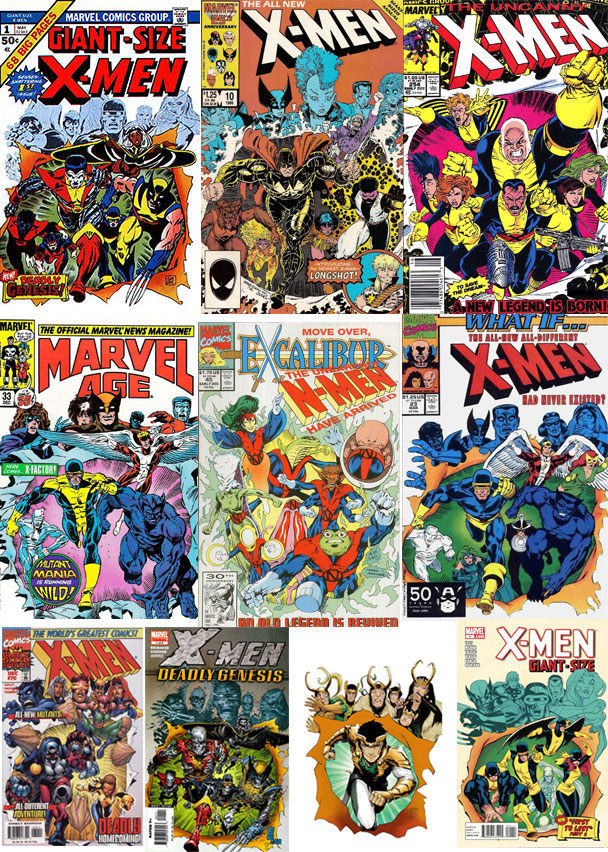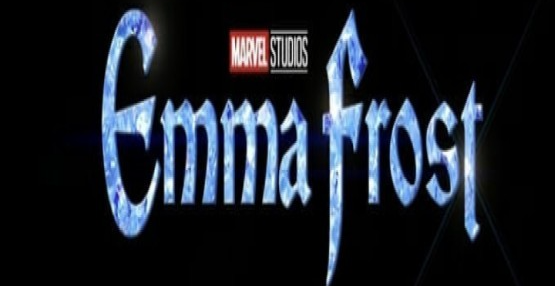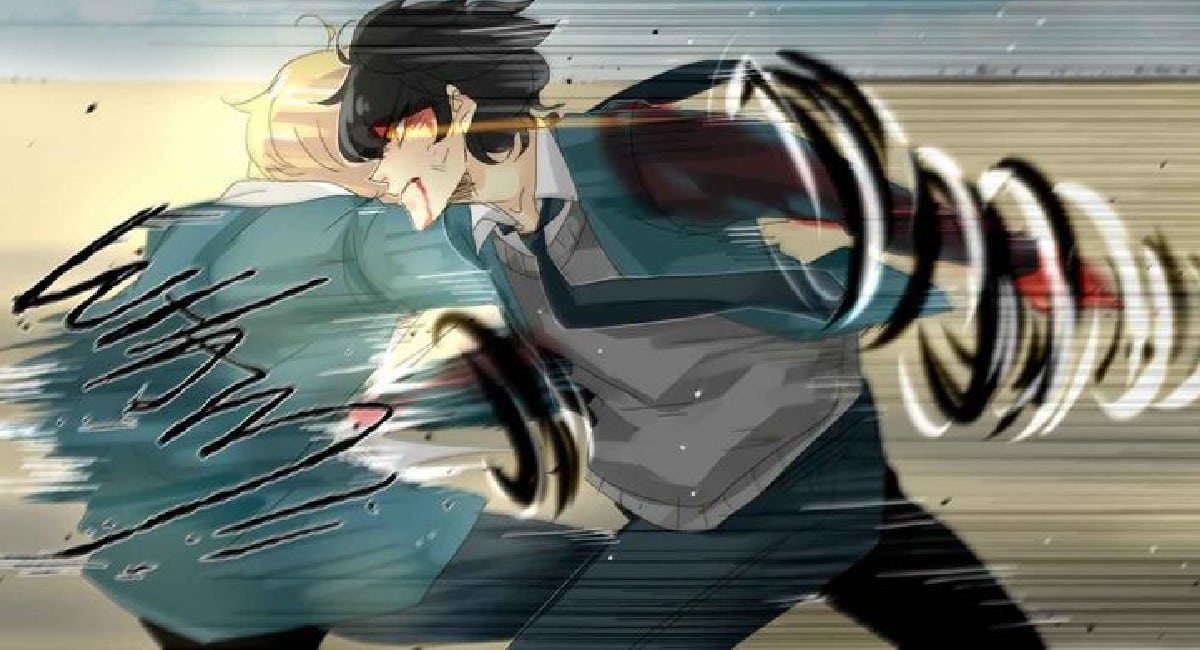
#13 in my ranking of the Heisei, Millennium, and Reiwa eras of the Godzilla franchise.
The second part of what seems to have been intended to result in a trilogy at the end of the Millennium Era of Godzilla films, Godzilla: Tokyo S.O.S. is also a continuation of the thin storytelling leading to grand spectacle that started with Godzilla Against Mechagodzilla. It’s generic epic movie elements squeezed into 90 minutes, not enough time to actually make things feel epic despite the best efforts of the special effects team. There’s light stuff about a rivalry and a potential romance and a grandson in there as well, but it’s all just filler until giant monsters start punching each other. At least that’s pretty entertaining, even if it goes on for too long.
Kiryu is still in the process of being rebuilt after its stalemate match with Godzilla a year prior that saw Godzilla be driven from Japan, if not destroyed. Mothra and the Shobijn (Masami Nagasawa and Chihiro Otsuka), Mothra’s pint-sized twin representatives, appear to Dr. Chujo (Hiroshi Koizumi), their first contact in the original Mothra film, and his grandson Yoshito (Noboru Kaneko). The Shobijn say that Mechagodzilla must be returned to the sea where humanity found his bones, those of the original Godzilla monster from 1954. Humanity should never touch the soul of the dead. This was something that got touched on briefly in the previous film, and it’s just as briefly touched on here as well. It’s an idea that gets mostly forgotten in favor of monster action until Masaaki Tezuka, the writer and director, needs to wrap things up with a message.

The build up towards the final half of the film with all the action is particularly uninteresting. It’s mostly about Dr. Chujo meeting with the Prime Minister of Japan (Akira Nakao) and begging him to kill the Mechagodzilla project, which the PM refuses because the mech is the only line of defense Japan has, and a weirdly ill-defined and not terribly well executed rivalry between Yoshito and a Kiryu pilot, Akiba (Mitsuki Koga). Their antagonism is never well detailed, just that they hate each other mostly because…they’re of a different class or something. Like, Akiba looks down on Yoshito because he’s not a pilot but Yoshito is really proud of his knowledge of the Mechagodzilla systems and dreams of being a pilot, I think. It might surround the attentions of Lieutenant Azusa (Miho Yoshioka), but that’s even less defined that it doesn’t matter at all.

And then there’s the battle. And it’s a long one. Too long, to be honest, but at least Tezuka is intent on mixing things up consistently. It starts with Mothra against Godzilla. Then it introduces Kiryu. Then Mothra’s twins, born on Infant Island and hoofin’ it over to Japan real fast, get involved. Some die. Some get knocked down. Some get back up. There is an effort to get Yoshito involved, even Mothra’s initial arrival predicated on actions by Yoshito’s nephew, Shun (Kenta Suga). There’s a real effort to make the spectacle as big and varied as possible.

It’s just that there’s virtually no human side to things and the action takes up pretty much the entire second half of this rather short 90-minute long film.

Tezuka was obviously a big fan of Godzilla, but he only really seemed to like the monsters. He loved the action and wanted to give the audience as much as possible. And the later Millennium Era was some of the worst performing in terms of box office of the entire Godzilla franchise. This opened third on its first weekend. People need more than just monster going smashy-smashy. I like the smashy-smashy, but there needs to be more, and Tezuka just didn’t know how to give more.
There’s a feel of epicness to the action and visual framing (there’s a fantastic shot of Mothra on fire that I wanted to last for a lot longer than it does), especially regarding the use of bombastic music. However, epics aren’t just big because they show big things. They’re big because they tell big stories, human stories on a grand scale. The human part is important, and Tezuka just didn’t seem to know that it was important. There are bare efforts at it, but the scenes feel perfunctory, at best, like he had to include them to get to feature-length and no more.
So…it’s fine. The human side functions but is uninteresting. The action stuff is fun but goes on too long. There’s sequel-bait, but I’m not dying for more of this iteration of Godzilla stories. They may have fun parts, but they’re overall just kind of…not that interesting.
Originally published here



















 English (US) ·
English (US) ·